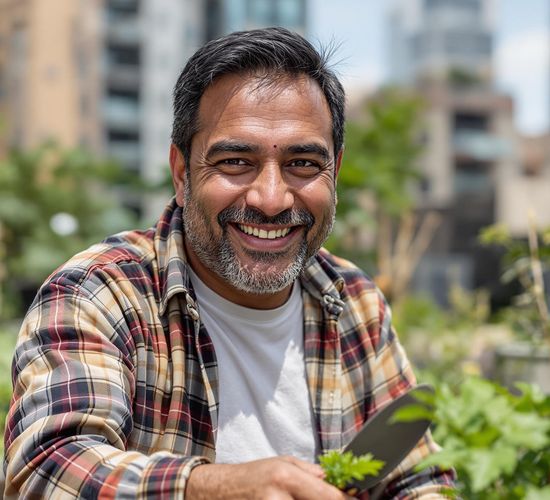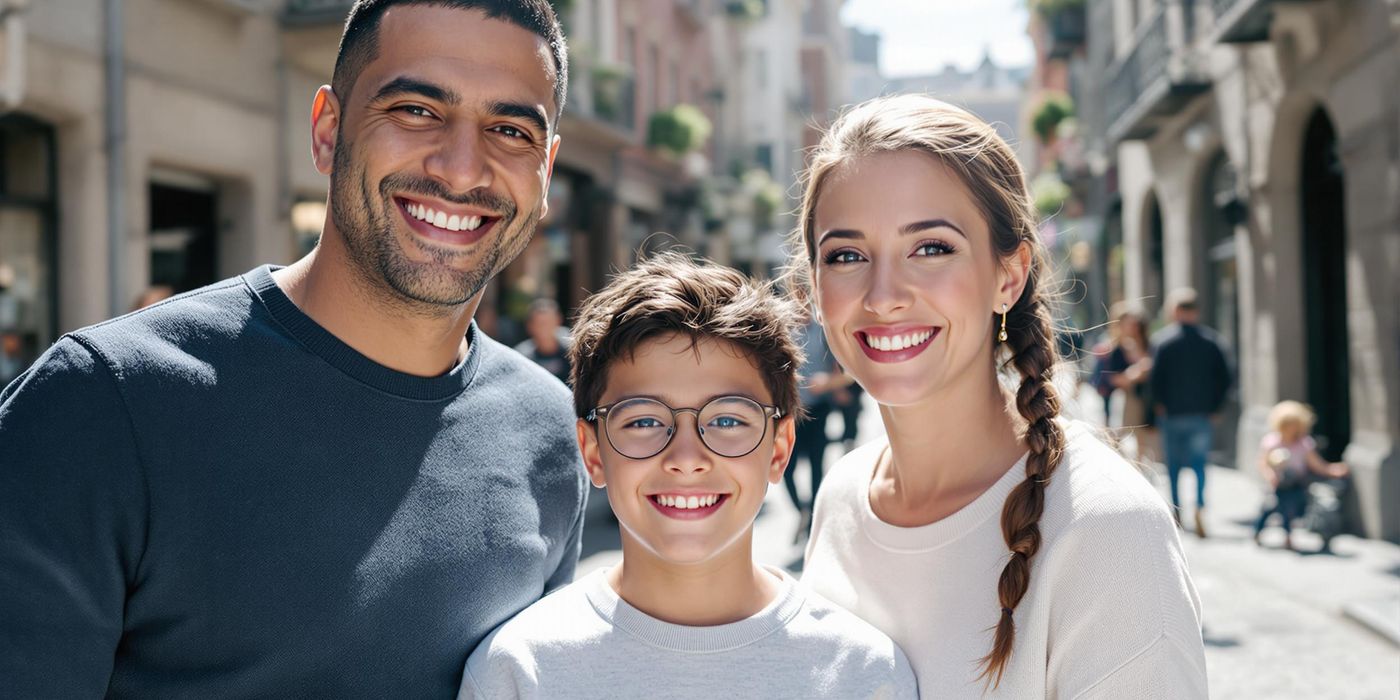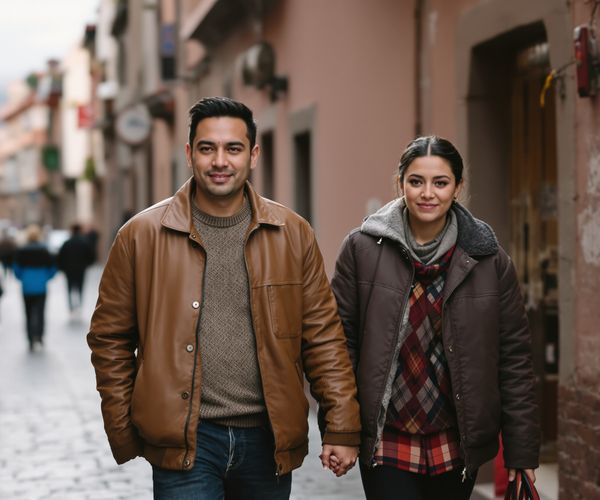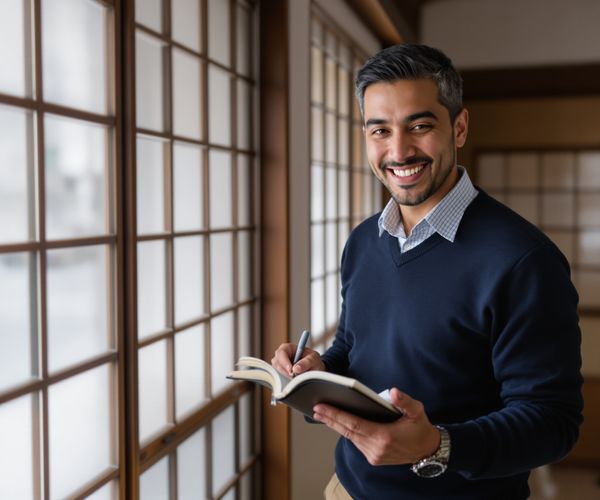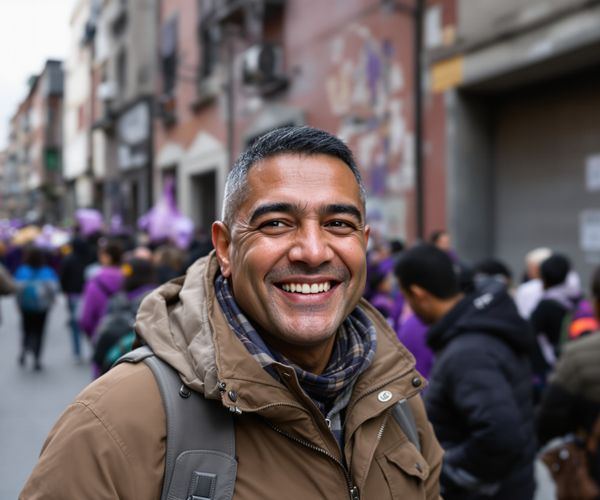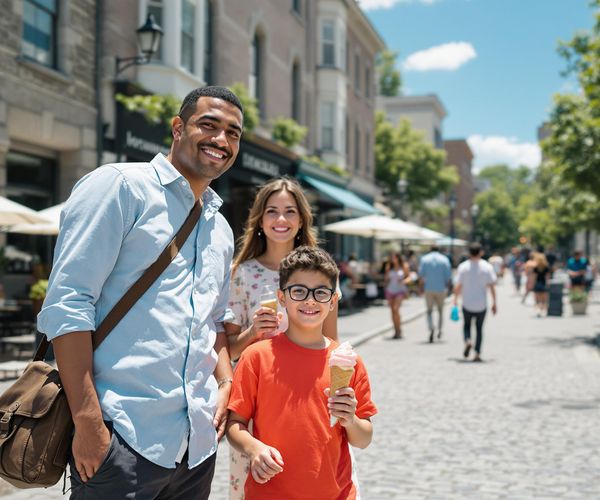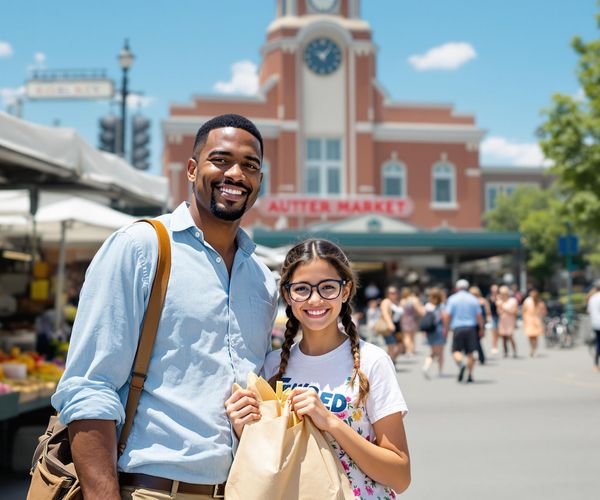As a father, a husband, and a Peruvian immigrant living in Montreal, I've always believed that travel is more than just ticking off destinations on a map. It's an opportunity to open our minds, connect with different cultures, and create lasting memories. My family and I strive to blend fun and education into every trip we take, turning each adventure into a learning experience for all of us.
Choosing Destinations with Dual Appeal
Selecting the right destination is the first step in crafting a family trip that's both enjoyable and educational. Look for places that offer a blend of entertainment and learning opportunities, catering to different age groups and interests. Consider destinations with historical significance, rich cultural heritage, or unique natural landscapes.
For instance, Montreal, my adopted home, is a fantastic example. It effortlessly combines European charm with North American modernity. We often explore the cobblestone streets of Old Montreal, delving into the city's history as a fur trading post. The Montreal Museum of Archaeology and History is a great way to discover the city's past. Then, we might attend the Montreal International Jazz Festival, immersing ourselves in music and culture. There are options for everyone, and it's all very accessible.
Incorporating Learning into Everyday Activities
You don't need to visit a museum or historical site to make travel educational. Turn everyday experiences into learning moments. Visiting local markets becomes a lesson in geography and agriculture. Trying local cuisine introduces your family to new flavors and cultural traditions.
Engage your children by having them learn about the local history, geography, and culture through interactive activities and games. Before a trip, we often research a few key phrases in the local language. This simple act allows us to connect with locals on a deeper level. Even when we are not in Peru, I try to instill Peruvian culture and traditions in Mateo, whether it's through cooking traditional dishes or telling stories about my childhood in Huancavelica.
Utilizing Resources for Educational Travel
Take advantage of the wealth of resources available to enhance the educational aspect of your family trips. Travel guides, documentaries, and online resources can provide valuable context and spark interest in your destination.
I highly recommend age-appropriate books and movies that complement your travel plans. Before visiting Rome, we watched Gladiator with Mateo, which sparked his interest in Roman history. Involve your children in the planning process. Let them research and choose activities that align with their interests. This not only empowers them but also increases their engagement with the trip.
Embracing Cultural Immersion
Cultural immersion is a powerful tool for developing empathy, understanding, and a global perspective in children. Encourage your family to engage with local communities by attending cultural events, taking language lessons, or even volunteering.
When we traveled to Oaxaca, Mexico, we participated in a traditional cooking class, learning to prepare mole from scratch. This experience not only taught us about Oaxacan cuisine but also allowed us to connect with local families and learn about their traditions. It's important to travel responsibly and respectfully, learning about and appreciating different customs and traditions. Before any trip, we discuss the local customs and etiquette to ensure we are respectful of the local culture.
Making History Come Alive
Historical sites and museums can sometimes feel dry and boring for children. The key is to make history come alive through storytelling, role-playing, and interactive exhibits.
Connect historical events to present-day issues and encourage critical thinking. When visiting the battlefields of Normandy, we discussed the impact of World War II on the world and the importance of peace. Find historical sites that resonate with your family's interests and values. For me, visiting Machu Picchu was a profoundly moving experience, connecting me to my ancestors and the rich history of Peru. Sharing that connection with Mateo made it even more special.
Explore how family trips can be both fun and educational. Discover tips for choosing destinations, incorporating learning into activities, and embracing cultural immersion.

